Trees for Residential Landscaping: A Comprehensive Guide
Landscaping is an art that combines aesthetics and functionality. One of the key elements in landscaping is the selection of trees. Trees not only provide shade and beauty, but also contribute to the overall health of the environment. This article will explore different types of trees typically used for residential home landscaping projects and provide guidance on which tree is best depending on the landscaping scenario.
3 min read
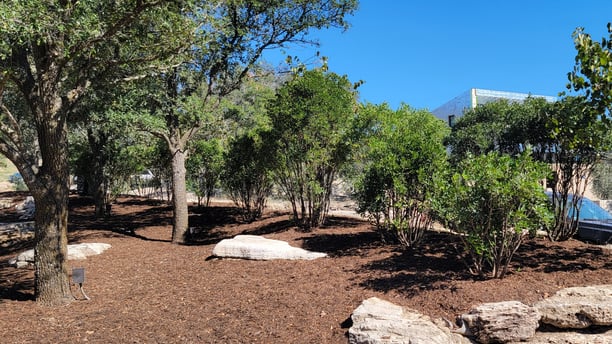

Deciduous Trees
Deciduous trees are known for their seasonal changes. They provide shade in the summer and allow sunlight to filter through in the winter, making them an excellent choice for energy-efficient landscaping.
Maple Trees: Maples are popular for their vibrant fall colors. Varieties like the Sugar Maple or Red Maple are excellent choices for large yards.
Oak Trees: Oaks are valued for their longevity and sturdiness. The White Oak or Red Oak can serve as a great central piece in your landscape design.
Evergreen Trees
Evergreen trees retain their leaves throughout the year, providing constant shade and privacy. They are ideal for creating windbreaks or natural fences.
Pine Trees: Pines are versatile evergreens that come in many sizes and shapes. The Eastern White Pine, for instance, can add height and drama to your landscape.
Cedar Trees: Cedars are known for their rich, green foliage and pleasant aroma. The Eastern Red Cedar can be used as a decorative element or privacy screen.
Flowering Trees
Flowering trees add a splash of color to your landscape. They are perfect for creating focal points in your yard.
Dogwood Trees: Dogwoods produce beautiful flowers in the spring and have attractive foliage in the fall. The Flowering Dogwood is a favorite among homeowners.
Cherry Trees: Cherry trees are renowned for their breathtaking cherry blossoms. The Yoshino Cherry is a popular choice for its abundant, white flowers.
Choosing the Right Tree
The choice of tree depends on the specific landscaping scenario:
For Shade: Large deciduous trees like Oaks and Maples are ideal for providing shade.
For Privacy: Evergreen trees like Pines and Cedars can create a natural privacy screen.
For Small Spaces: Small flowering trees like Dogwoods or Cherry trees are perfect for landscapes with limited space.
For Color: If you want to add color to your landscape, opt for trees with vibrant flowers or fall foliage like Dogwoods or Maples.
Selecting the right tree for your landscaping project is crucial because it significantly impacts the overall aesthetic, functionality, and sustainability of your design. The right tree can enhance the beauty of your landscape, providing shade, privacy, and a habitat for wildlife. It can also contribute to energy efficiency by cooling your home in the summer and blocking cold winds in the winter. Additionally, choosing a tree that is well-suited to your local climate and soil conditions ensures its health and longevity, reducing maintenance costs and environmental impact. In essence, the right tree complements and elevates your landscaping design, creating a harmonious and thriving outdoor space. 🌳
Do you have a specific type of tree in mind for your project?
Remember, the success of your landscaping project depends not only on the selection of trees but also on proper planting and care. Always consider the specific needs of each tree species, including sunlight, soil type, and water requirements. Happy landscaping!
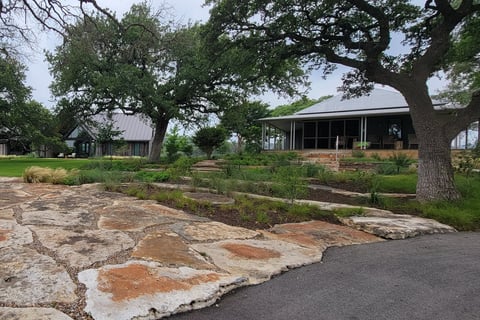


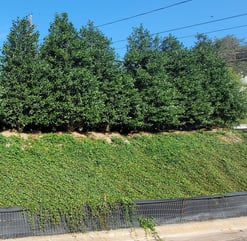
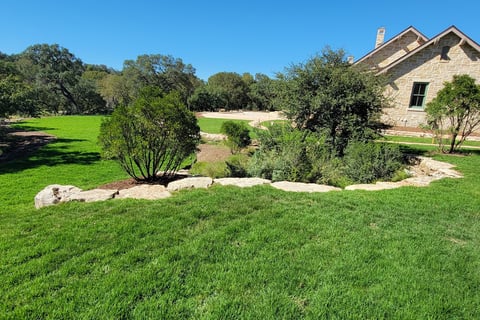

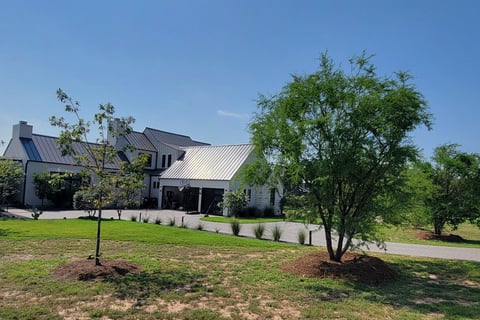

Our Mission
Dedicated team creating unique hardscape designs and bring your vision to life!
Contact
Services
© 2024. All rights reserved.


